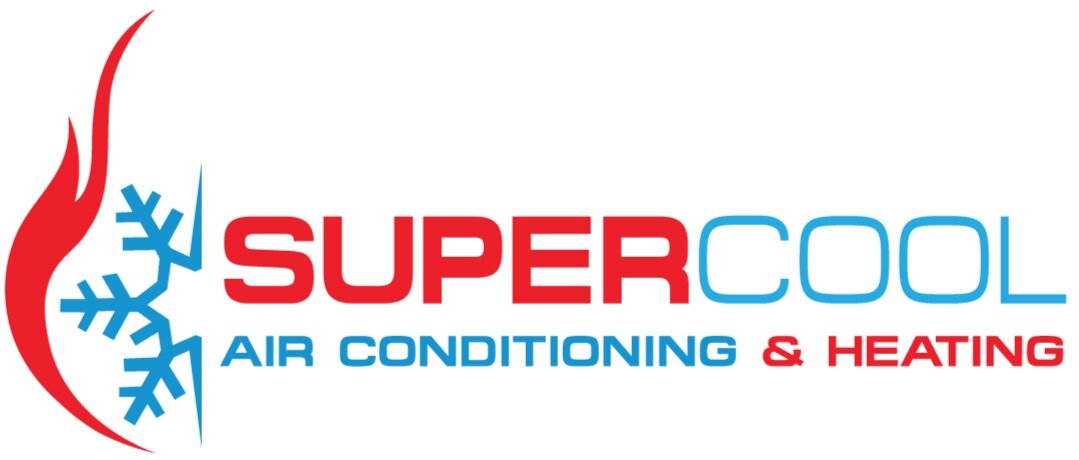
2025 Refrigerant Changes - R-32 vs R-454b
New Refrigerants
Starting in January 2025, the EPA will implement new regulations to phase out refrigerants with high Global Warming Potential (GWP), such as the current refrigerant, R-410a. These new rules mandate the use of low-GWP refrigerants like R-32 and R-454B in new HVAC systems.
These alternatives aim to be more environmentally friendly and help reduce greenhouse gas emissions. Existing systems using R-410A won't need immediate replacement, but going forward, new systems will use these lower GWP refrigerants.
R-32 - Our preferred refrigerant
Composition: R-32 is a single-component refrigerant, meaning it consists of one type of molecule.
Global Warming Potential (GWP): R-32 has a GWP of 675, which is significantly lower than the GWP of R-410A (2,088).
Environmental impact: R-32 does not contain PFAS “forever chemicals”
Efficiency Boasts higher efficiency than R-454B or R-410a, meaning less refrigerant required to get the job done.
Safety: Classified as A2L, R-32 is mildly flammable, but it is still considered safe for use in HVAC systems.
Usage: R-32 has been used throughout the world in hundreds of millions of HVAC systems. This is the refrigerant in all new Daikin/Goodman/Amana systems.
R-454B - arguably less green
Composition: R-454B is a blend of two refrigerants: 68.9% R-32 and 31.1% R-1234yf
Global Warming Potential (GWP): R-454B has a GWP of 466
Environmental Impact: R-454B’s 31% composition of R-1234yf contains PFAS (polyfluoroalkyl “forever chemicals”), which don’t break-down in the environment. They contaminate the water supply, our food chain, and will cause health issues for generations. A proposed PFAS ban in Europe may affect the adoption of R-454B in other countries, which the US may eventually follow.
Efficiency: R-454B is slightly less efficient than R-32, which will require more refrigerant to get the same job done as pure R-32.
Safety: Like R-32, R-454B is also classified as A2L, meaning it is mildly flammable, but still considered safe for use in HVAC systems.
Usage: R-454B is a new refrigerant and is the choice of almost all manufacturers other than Goodman/Daikin/Amana. Trane, Carrier, Rheem/Ruud, Lennox, York, etc… all have chosen to use R-454B starting in 2025.
Other Considerations: R-454B is a refrigerant patented by Honeywell and Chemours. Their monopoly on production means that R-454B is significantly more expensive than R-32. Daikin has allowed free access to the R-32 patent for all manufacturers. Are there financial incentives from Honeywell/Chemours to pay manufacturers who chose to use R-454B over the more widely-used, more efficient R-32? That’s not clear, and the information has not been released publicly.
WHICH CHOICE IS RIGHT FOR YOU?
The choice of refrigerant is dictated by the brand of equipment. R-32 will be in all Goodman/Daikin units we install, and R-454B will be in every other brand that we install and service.
R-32 has high efficiency and is widely adopted, making it a go-to for many HVAC systems. As a single-component refrigerant, it is slightly easier to work with, and it’s less expensive.
While R-454B, has a lower Global Warming Potential, but requires more refrigerant in the same size/efficiency system. It also contains PFAS “forever chemicals”. It is more expensive and repairs will likely be more costly in the future.
If you really want to dig further into this, Daikin has created a marketing piece outlining the differences between the newer refrigerants.


